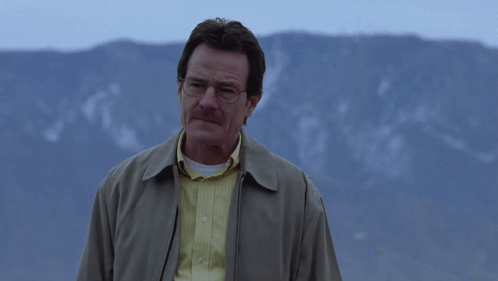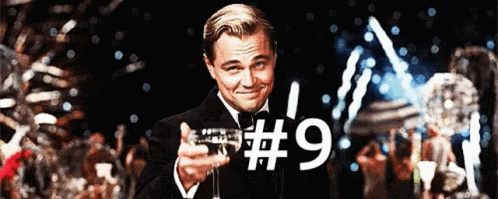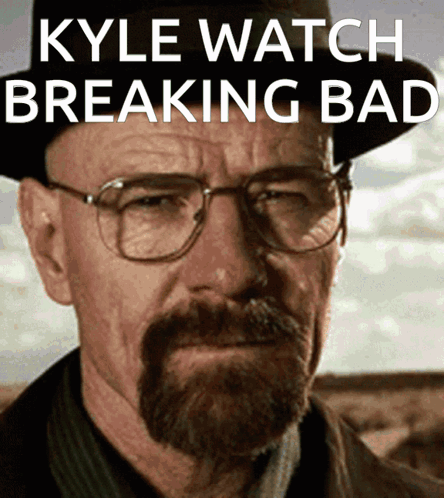Episode 2

“Cat’s in the Bag”
Recap of the episode:
• Walt and Jesse get a tow out of the ditch from a Native American. They say thanks, hand him a wad of cash.
• The two decide their partnership will end after they dispose of the two bodies in the back of the RV – Emilio and Krazy-8. First major complication of the series: one of the men, Krazy-8, isn’t dead. Thinking he’ll soon die from the poisoning and his injuries from the explosion Walt created, they agree Jesse will haul the bodies back to his house. Walt and Jesse part ways, assume Krazy-8 will die.
• He doesn’t die and to Jesse’s chagrin, he finds an RV door open and Krazy-8 gone.
• Walt speeds toward Jesse’s place after Jesse phones him with the missing body development. Walter finds Krazy-8 staggering down the street. He eventually stuffs the escapee (unconscious after running into a tree) into the trunk of his car.
• The two then argue about what to do next. Their first priority is to dispose of Emilio’s body and destroy the evidence. Walt: “It seems to me that our best course of action would be chemical disincorporation, dissolving in hydrofluoric acid.”
• Walt and Jesse also decide they have to kill Krazy-8. They flip a coin to see who will do it. Jesse wins the toss, chooses to dispose of the body so it falls upon Walt to kill Krazy-8.
• Walt struggles with how to fulfill his part of the agreement. He considers, then rejects smothering their prisoner (they locked him to a post by sticking a bike lock around his neck). Instead he serves the man sandwiches and provides toiletries.
• Walt tells Skyler (after she finds out via Internet that the number of the call that Walt got from Jesse during breakfast was from Jesse) that Jesse is his pot dealer. She berates him verbally – “Your brother-in-law is a DEA agent. What is wrong with you?” – to which he says, “I’d like you to climb down out of my ass.”
• Jesse disposes of the body per Walt’s instructions but with one exception. He doesn’t use a plastic bin. Instead he put the body in his upstairs bathtub. The hydrofluoric acid melts through the ceramic tub and the ceiling in the hallway collapses.
• In the desert, two Native American children kick a ball around. One of them notices something behind a rock. She picks up Walt’s gas mask and put it on her head.
The body count attributable to Walter White-Jesse Pinkman Meth Inc. is only one so far. But #2 isn’t far away. Walter initially struggles with his conscious. He writes down on a sheet of paper the reasons for killing Krazy-8 on one side and the reasons for sparing his life on the other. When he’s done, there’s only one reason on the “killing Krazy-8” side: if he doesn’t kill their prisoner and lets him go free, he may come back to kill Walter’s family and Walter himself.
There is a third option that Walter doesn’t consider: turn Krazy-8 into the police/DEA. The reason he doesn’t think about it is that would mean brother-in-law Hank, Marie, Skyler and Walter Junior would learn that he sold meth to two drug dealers, then killed one of them and kidnapped the other one. That would cause much shame and embarrassment. His reputation would take a significant hit. But if he’d taken the step, he would have saved himself a truck load of misery. But it’s his pride, the deadliest of the Seven Deadly Sins, that paints him into a corner. His ego-generated pride eliminates the wisest option.

I felt that way when Amy and I were in the midst of our alcoholism. I didn’t want seek help for my drinking problem because I was ashamed of my abusing alcohol so much for so long. I thought if I kept it a secret I could protect my reputation. But seeking the help of others isn’t a sign of weakness but an indication of strength and wisdom. In my first book, I trace the root cause of the Seven Deadly Sins to an overly strong ego, which I define as the voice inside your head telling you that you are fundamentally different and separate from everyone else. Conversely, I show how realizing and experiencing the truth of unity leads to the Seven Virtues. The choice is yours, do you see yourself and everyone else as divided or connected?
The ego obscures and twists truth by using artificial concepts to prevent the observer from being aware and conscious of the true nature of a person or situation. Look at the idea of reputation or one’s image. That’s an arbitrary concept if ever there was one. You know your true nature but your reputation is what others think of you. But how can you know what others think of you unless they tell you or say what they think in a public forum such as the Internet, TV, newspaper, magazine, etc.? And besides that, people’s perception of who you are differs from person to person.
So why worry about protecting something that’s so open to interpretation and subject to change in a moment’s notice? For the ego-driven person, the answer is that the ego gets a sense of security from putting everyone in a box. Labels give the illusion that you’ve captured the truth about a person, place or thing if you attach a label to it. Walter can’t stand the idea of others thinking less of him because his meth sale and killing Emilio. His diminished reputation would, in his mind, make him less of a person. But the truth is he did make meth and kill a man. Not allowing others know that is a way of hiding it from himself. There’s a part of Walter that won’t admit what he’s done. Intellectually he knows what he did, of course, but he internally resists the truth of his actions. So he’s not truly recognizing the evil he’s done as long as he hides it from his loved ones.
Comments? Bring ’em on!
